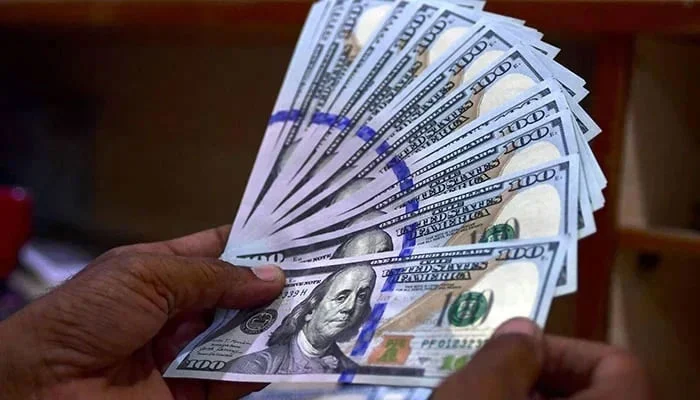Published in Dawn on February 13, 2025
EVEN though workers’ remittances dipped, albeit negligibly, in January on a month-over-month basis, the earnings that overseas Pakistanis send home continue to help the country’s current account stay in the positive zone. That remittances are helping the current account run a surplus month after month amid a widening trade deficit and dwindling foreign official and private inflows shows the economy’s reliance on the cash sent back by Pakistanis abroad. According to a brokerage company, remittances have been instrumental in delivering a current account surplus in eight out of the last 12 months, despite rising exports. The inflows have also been a key factor behind the stable exchange rate.
Data shows that monthly remittances have averaged $3bn per month, a significant increase from the $2.3-2.4bn monthly average seen in FY23 and the better part of FY24, since March. Cumulatively, remittances soared to $20.8bn in the first seven months of the current fiscal year — up by nearly 32pc from a year ago. The growth is led by an increase of 42pc in flows from the UAE and Saudi Arabia. A crackdown on the grey dollar trade, reduced political and economic volatility, a stable exchange rate, and forex market reforms are the major reasons for the robust remittance growth. Last but not least, IT firms, along with IT professionals, relocating to Dubai and elsewhere, due to curbs on the internet, is another reason for the rising remittances. The State Bank expects the current fiscal year to close with a record $35bn in remittances compared to last year’s $30.25bn, and the current account to end in a surplus that is 0.5pc of the size of the economy, thanks to overseas workers. However, overdependence on remittances for a longer period can prove risky for balance-of-payments stability. Such risks can be curtailed only through a rapid boost in export earnings to finance imports, rather than using inflows from remittances.





